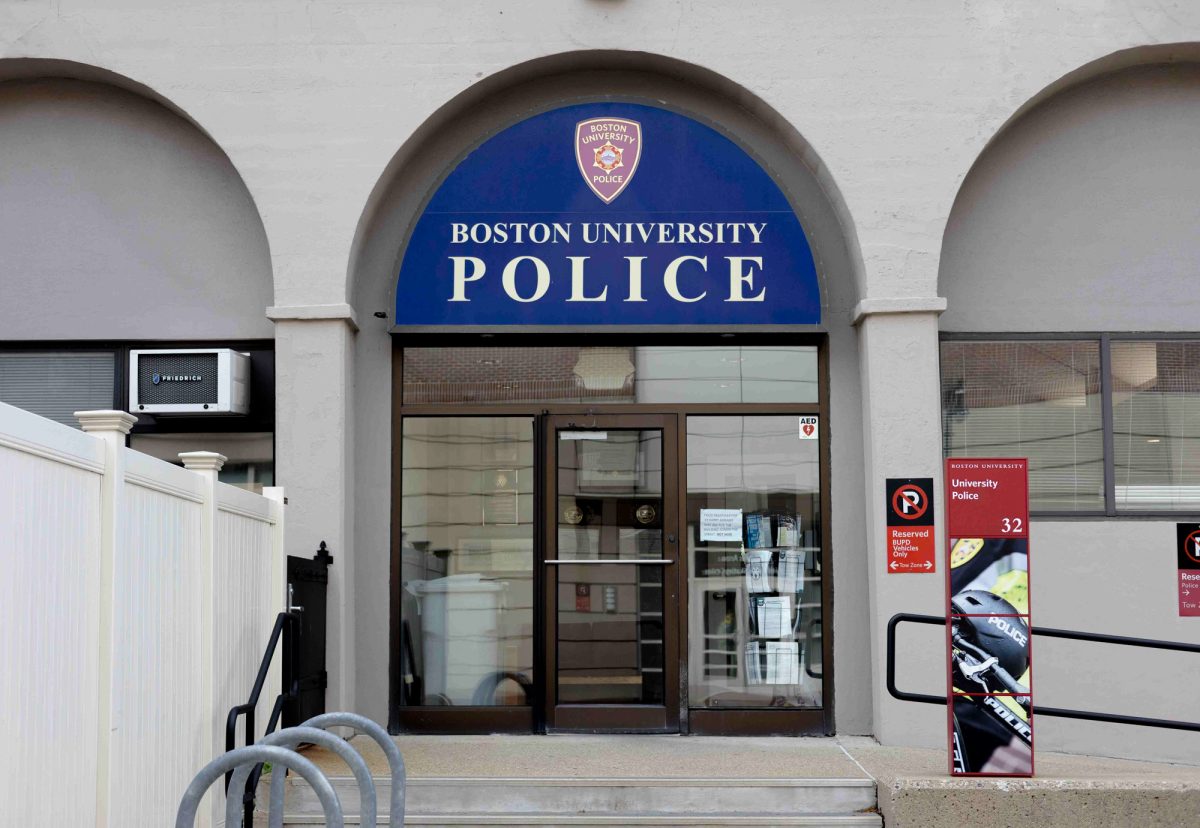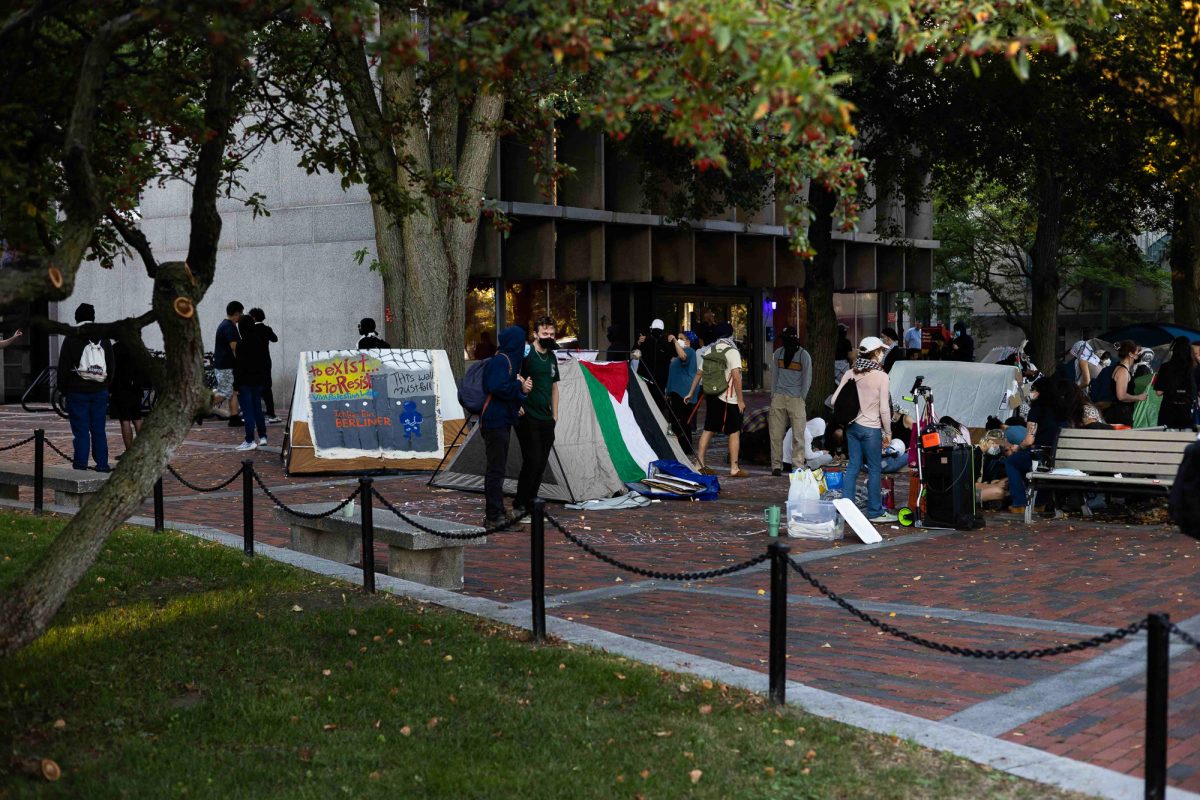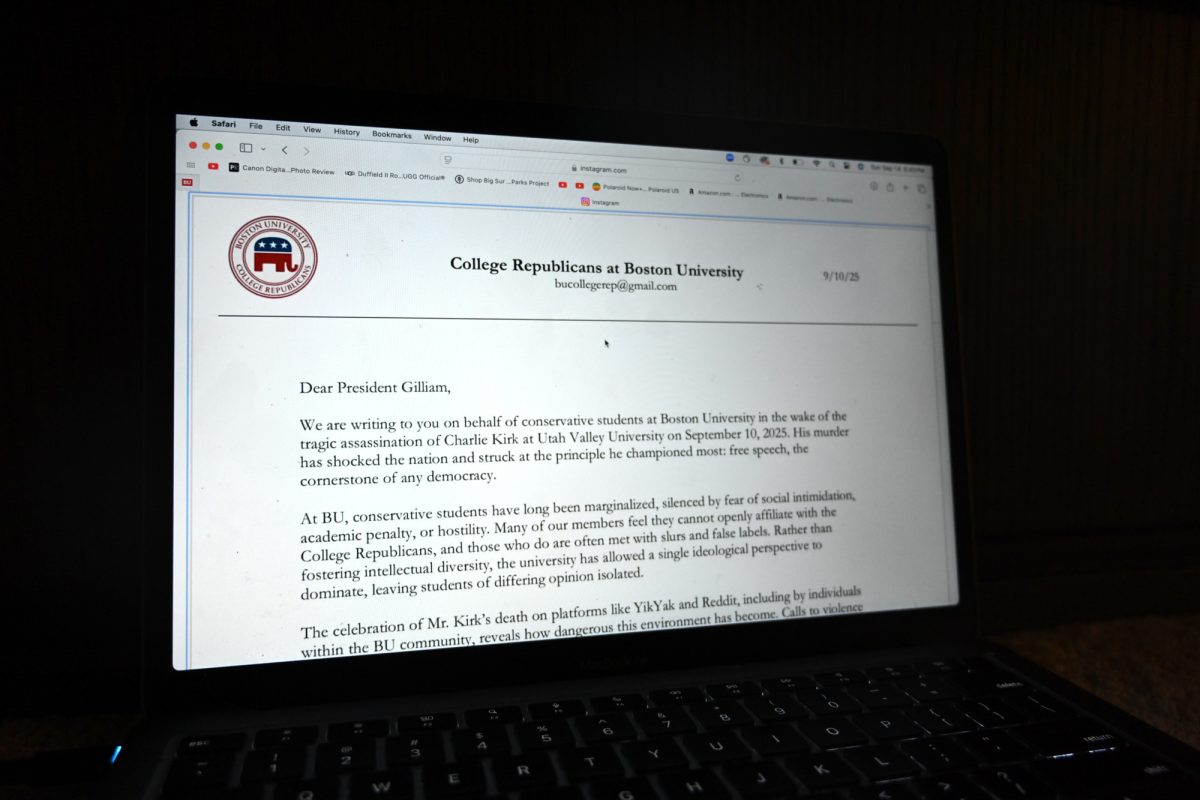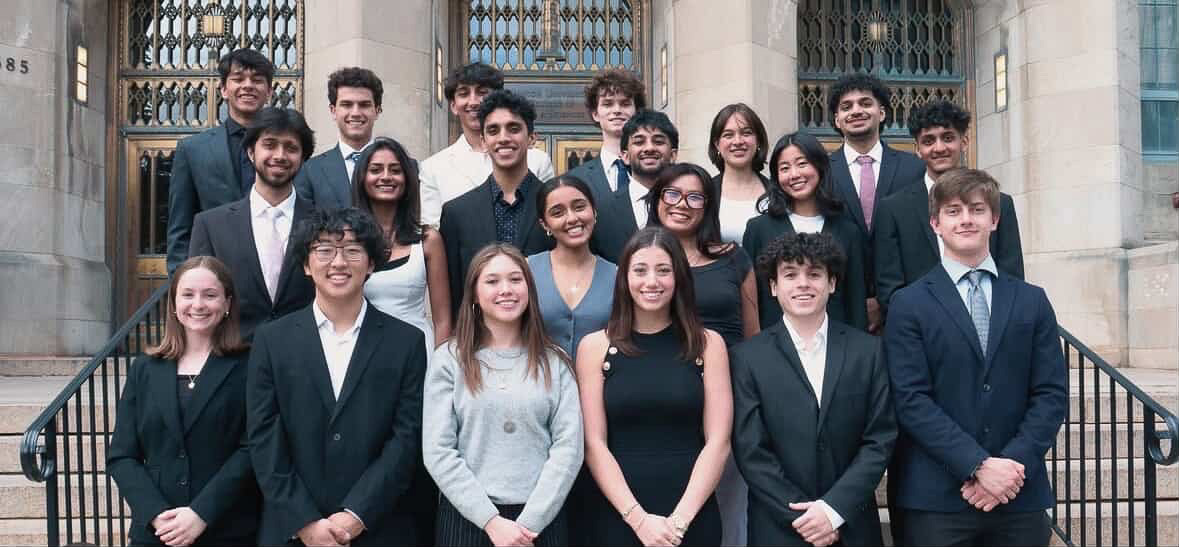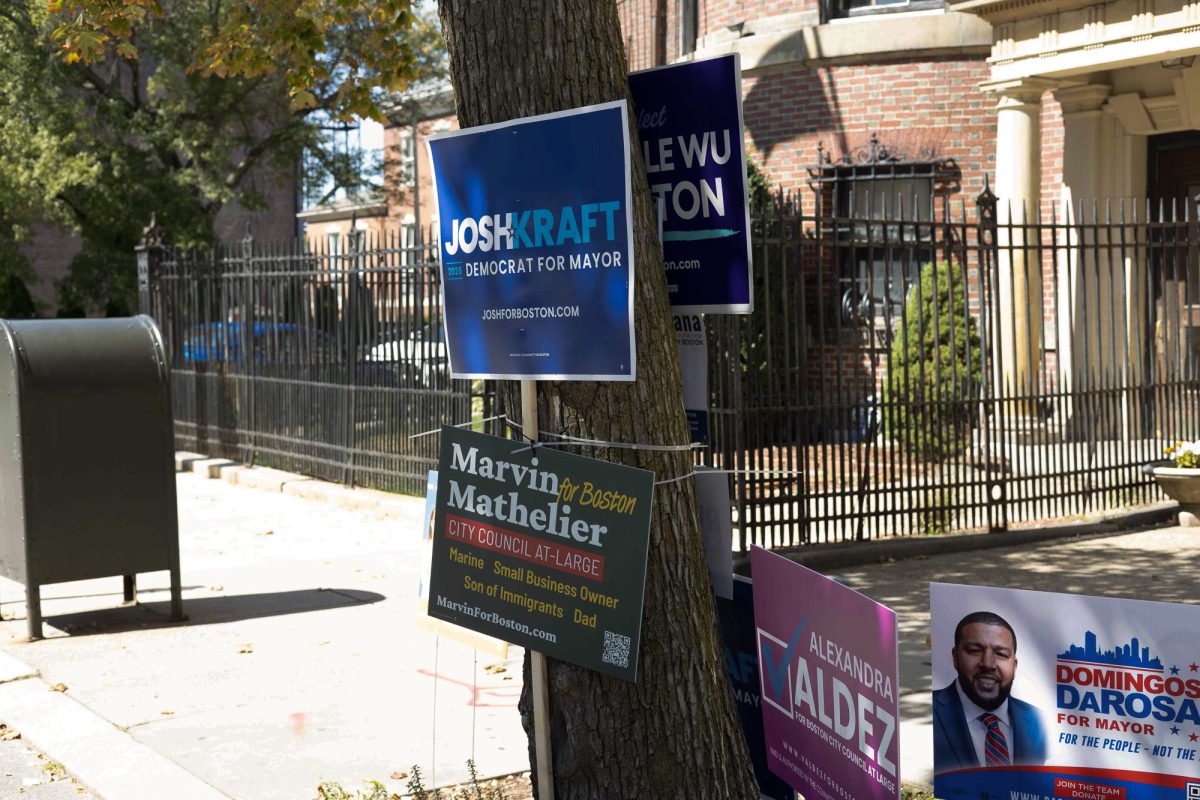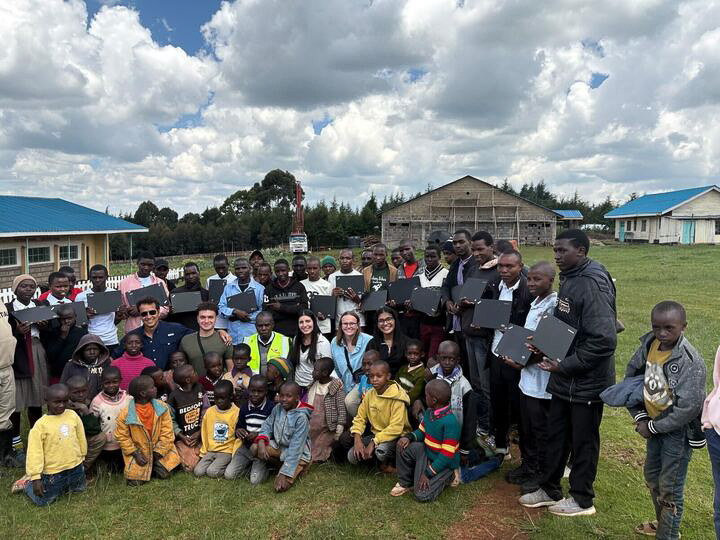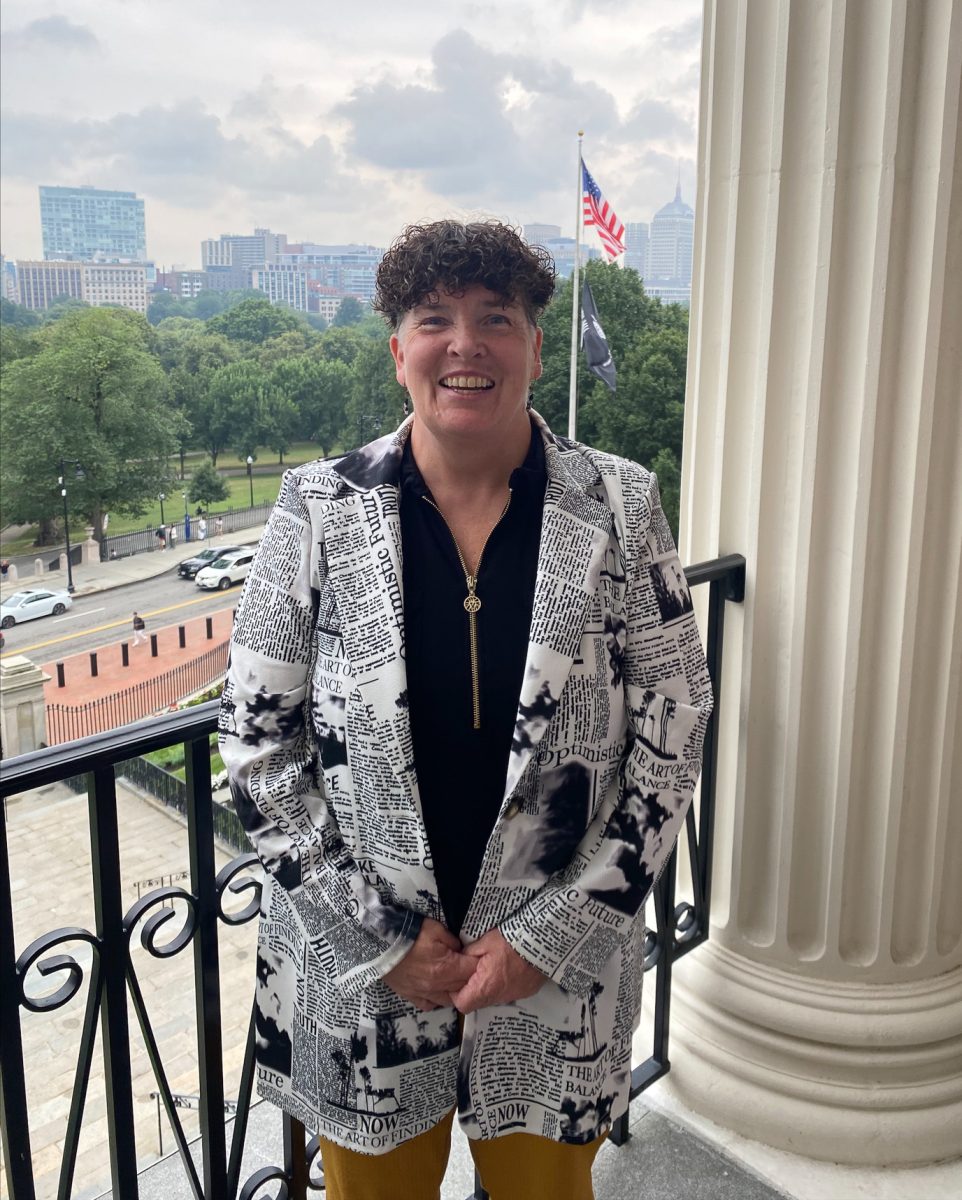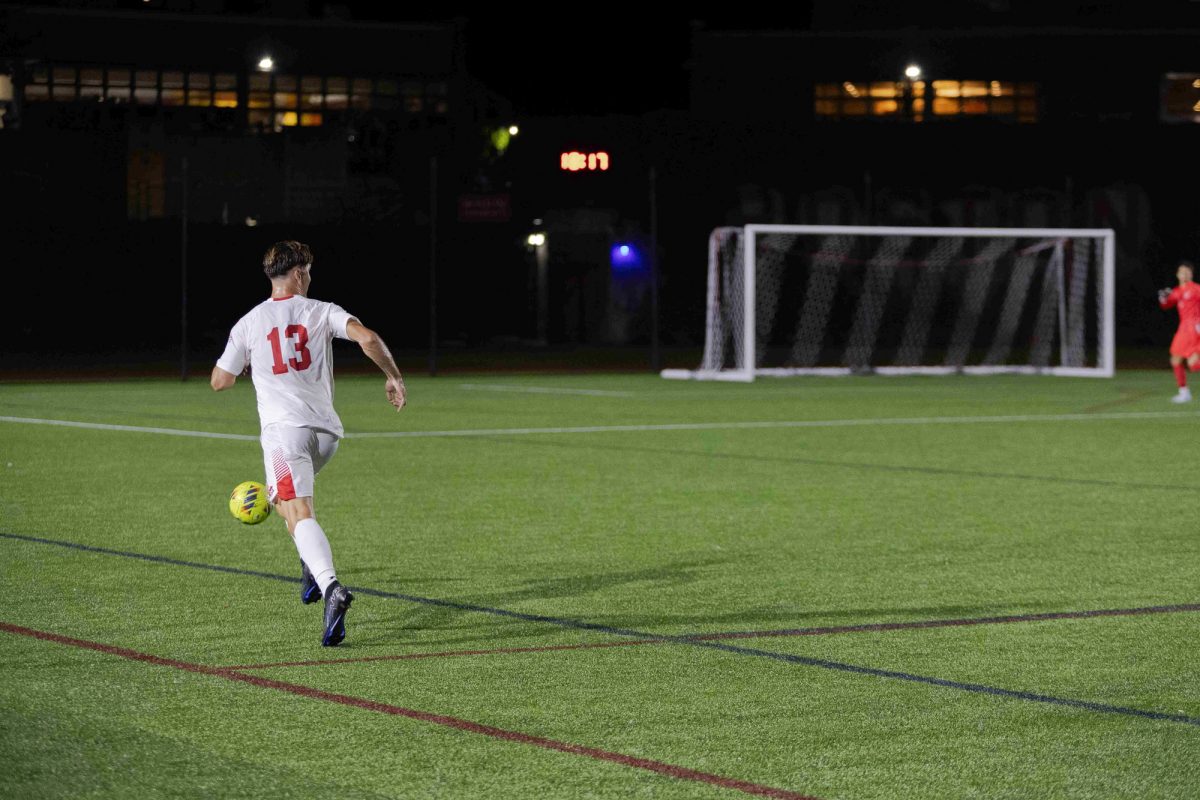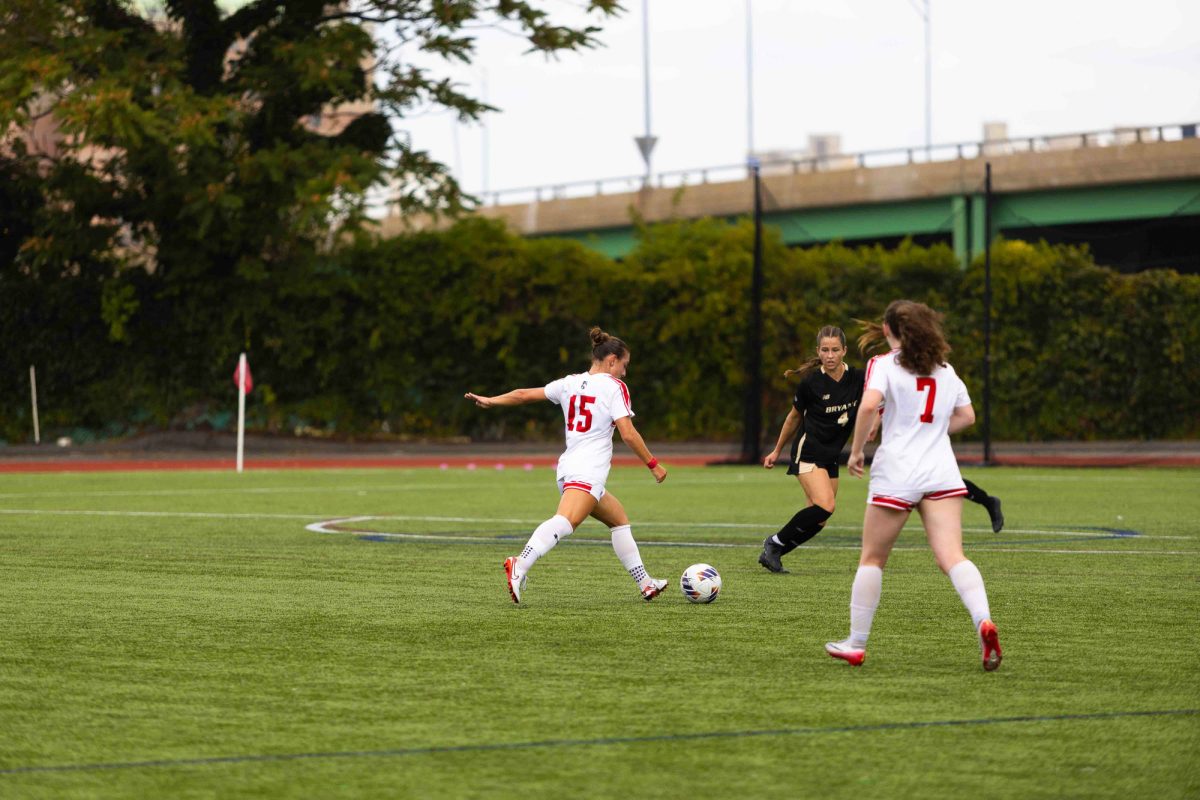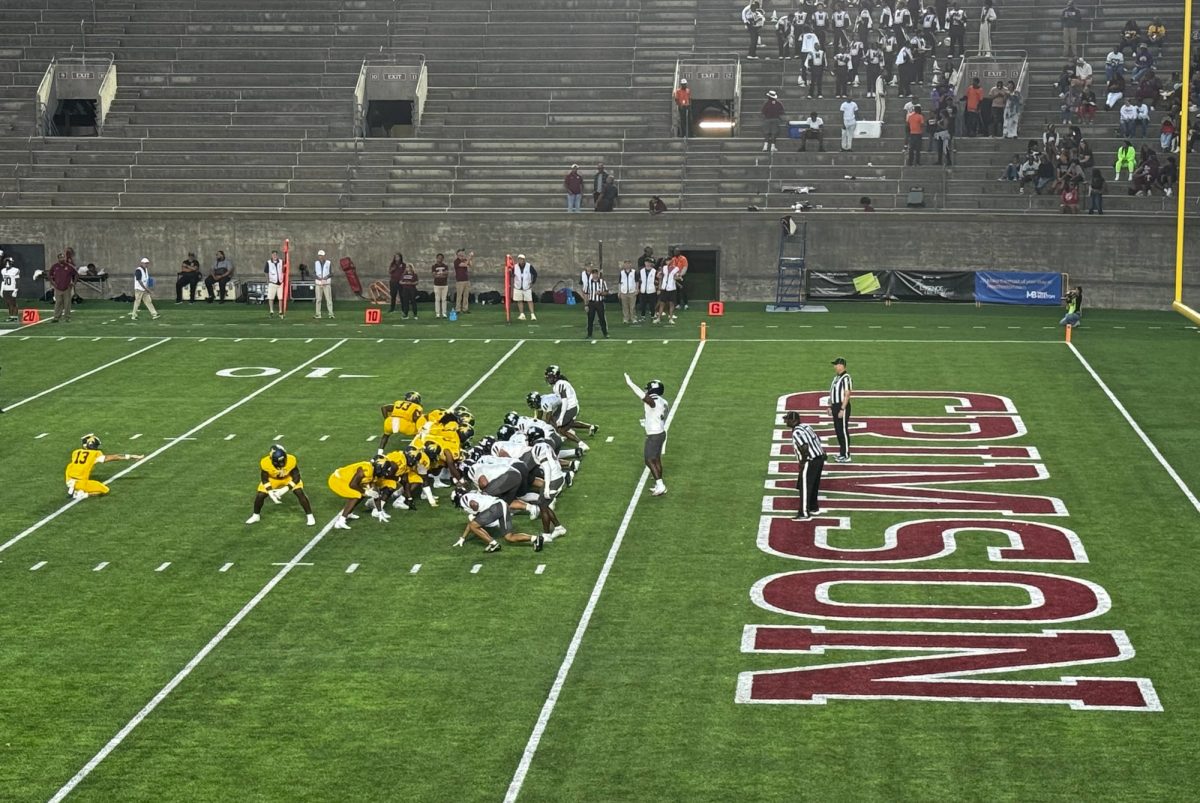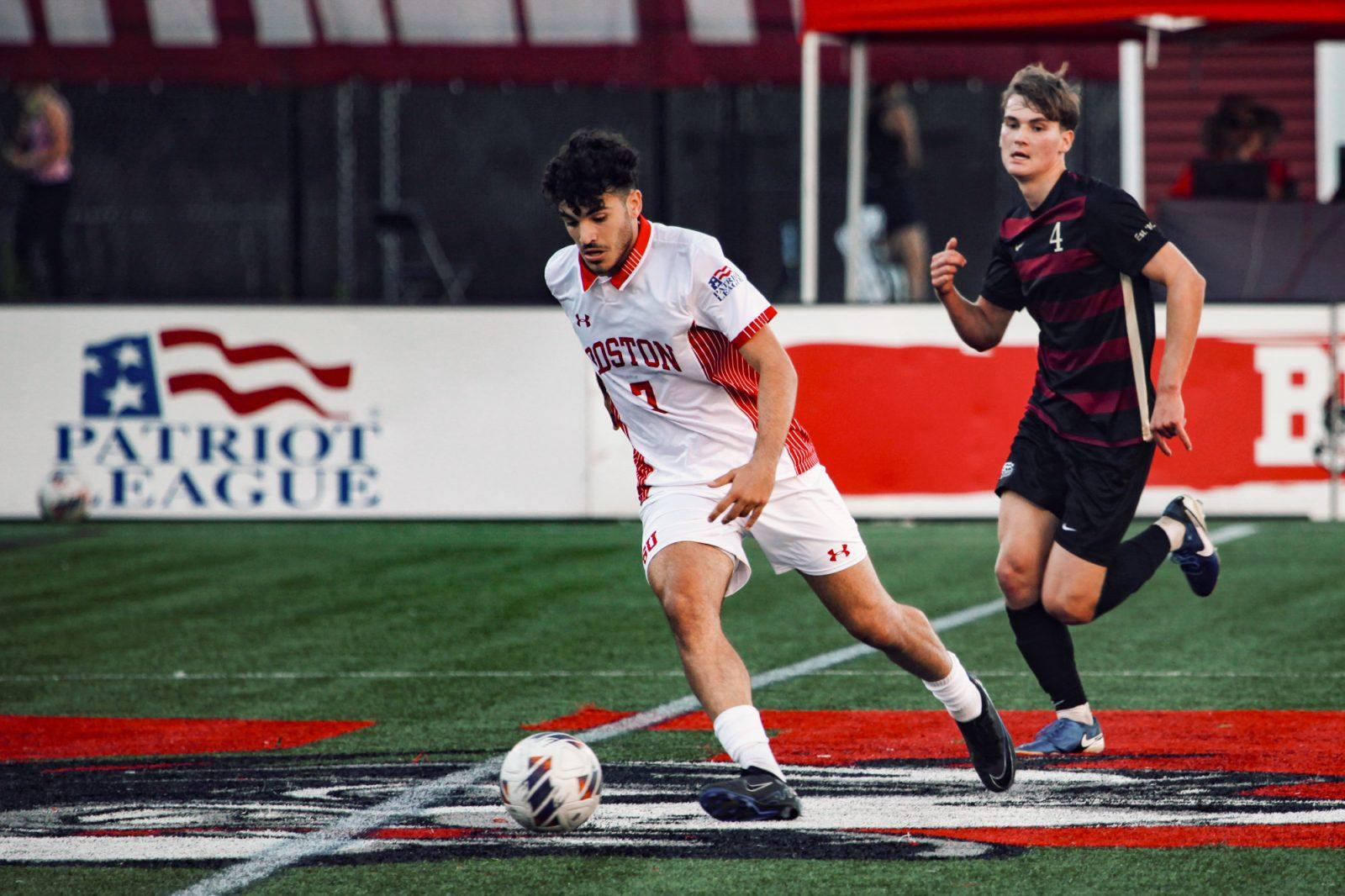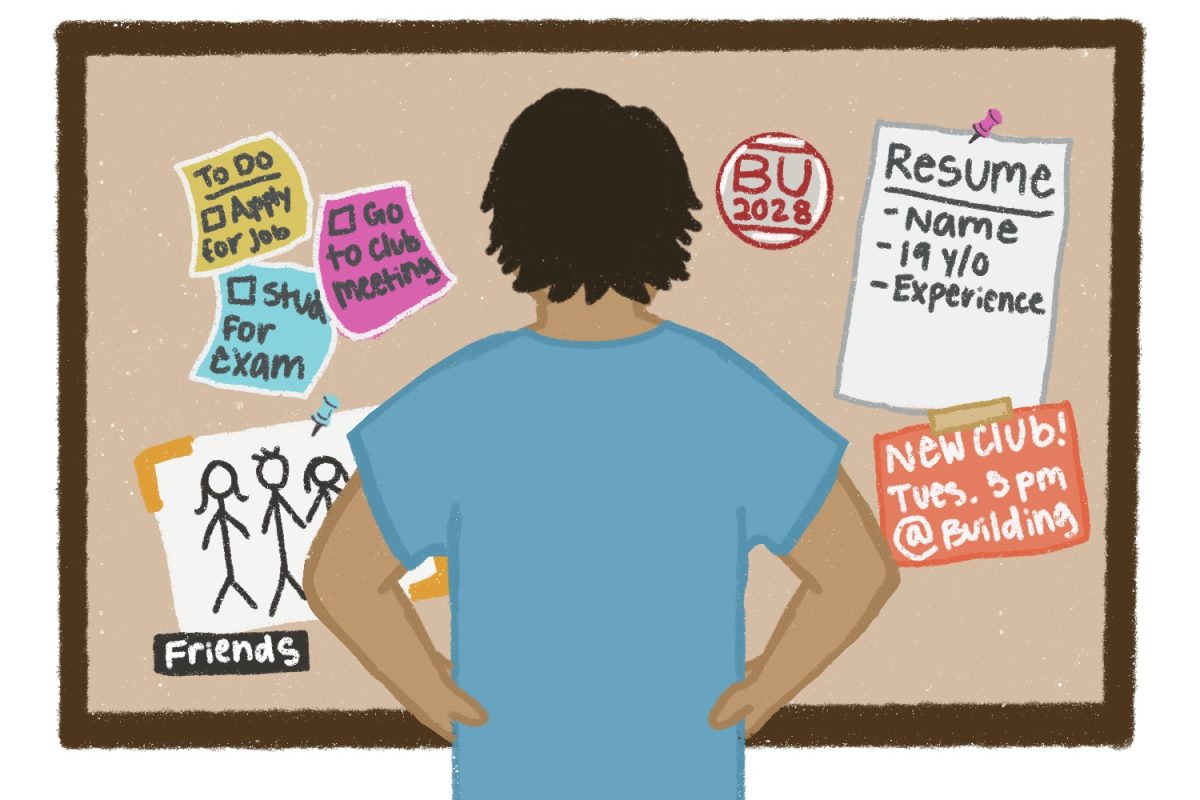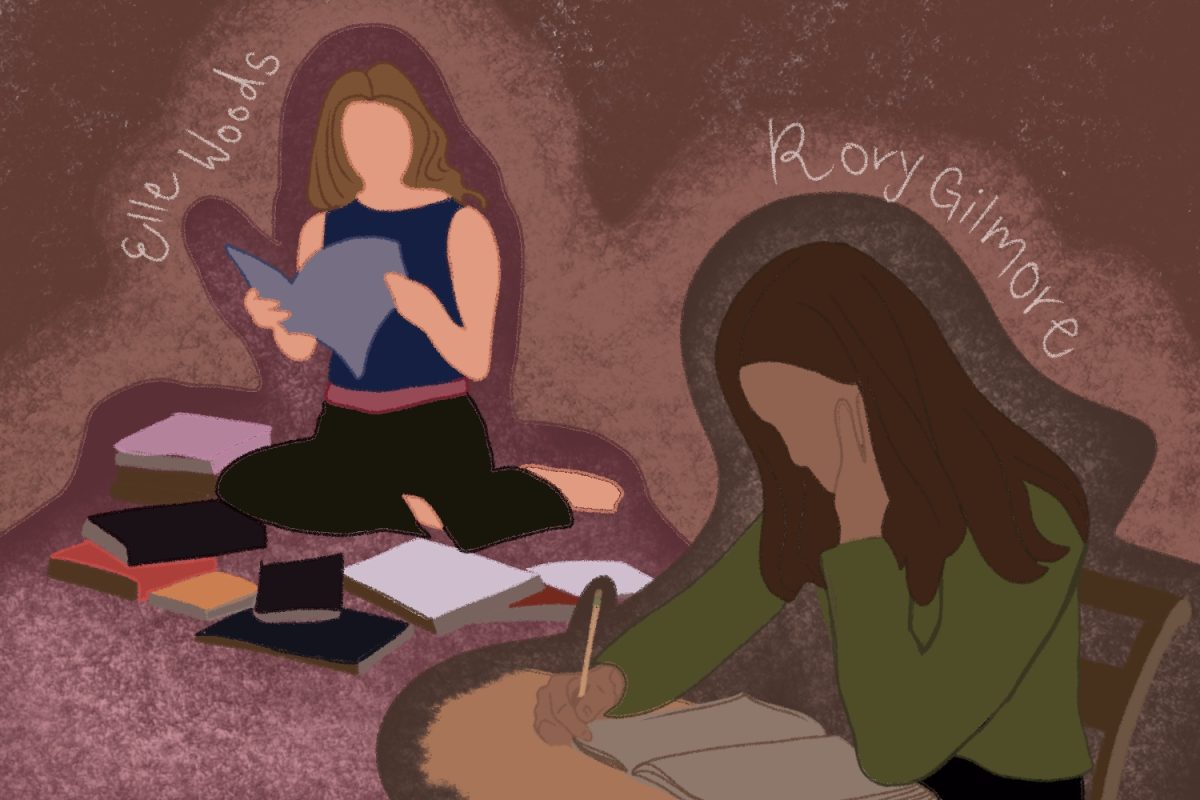A new documentary reveals what happens on T lines and commuter rails after hours— when teams of Massachusetts Bay Transportation Authority workers congregate at different stretches of track to repair and maintain the rails.
The MBTA and the Massachusetts Department of Revenue recently focused in on that nightly effort, releasing a documentary last week about the work done after the T stops running called “Boston Under: After Hours.”
Between 1 a.m. and 5 a.m. the T shuts down, according to the film, and soon after work begins. The film juxtaposes interviews with T riders and their experiences with the T workers’ jobs and experiences.
“The goal is to educate the public what the men and women [MBTA workers] are doing after hours,” said the film’s director Peter Olejnik, director of media communication and marketing at the DOR.
The film showcases footage of the technical work that occurs in the dark, following a crew working with a complex tamping machine that towers twice as tall as the men walking around its base.
The machine, the workers said in the video, shifts and fixes the tracks and “puts the rail back to where it was when it was designed” after the rails endure the stress of weather and daily use.
Olejnik and a four-person crew produced the 45-minute long film in their spare time.
“It was an eye-opening experience,” said Olejnik, who works for the DOR’s media agency. “I learned a lot to see what it takes to keep services running.”
Massachusetts DOR Director of Communications Robert Bliss said the film shows a side of the T the public doesn’t usually see.
“I thought it was an important point that’s overlooked because it needs to shut down to work on it,” Bliss said. “[The film] offers a compelling reason why it takes time to shut down.”
Part of that reason, he said, has to do with the age of Boston’s public transportation system.
“This is the first train system, so there are constraints to what it can do,” Olejnik said, referring to the T’s status as the oldest subway system in the country.
Olejnik said spending time with the MBTA workers was enlightening.
“It’s amazing to see the professionalism,” Olejnik said. “It’s such a dangerous job. Someone could potentially lose a limb or a life. There was such camaraderie and seeing how everyone worked with unity was amazing. Watching everyone interact and all the pieces that have to be put in place was pretty cool. It was a privilege to capture.”
The film depicts parts of that nightly routine. T workers split into various teams depending on their tasks. The film focuses on welders, engineers, trackmen and equipment operators. Crews travel to various stretches of rail to perform nightly tasks and to deal with various crises such as flooding in the tunnels or broken railway tracks.
The DOR is planning a public debut of the documentary, he said. As of now, the movie is only available on YouTube and via the MBTA website. A slightly different theater version of the movie will be premiered.
“We’re working with the Boston Common AMC Theater to have a theater version for students and the general public to view the movie and then open it up for a discussion,” Olejnik said. “Our goal is to engage as many people as possible.”
The groups that have seen it have received it well, he said.
“We’ve been getting great feedback from several different groups, including Livable Streets,” said Olejnik, referring to an organization that works to promote safe transportation in Boston, according to its website.
This is the first long video the DOR’s communication team has produced, Bliss said, calling the organization’s video department “very active.”
“I suppose they wanted to tackle a new sort of challenge,” Bliss said. “They have produced dozens of videos, but this was the only long piece they’ve edited and produced. They’ve created a sort of long form magazine article, but in video form.”
Olejnik called the film not only a learning experience, but “a labor of love on our part.”

